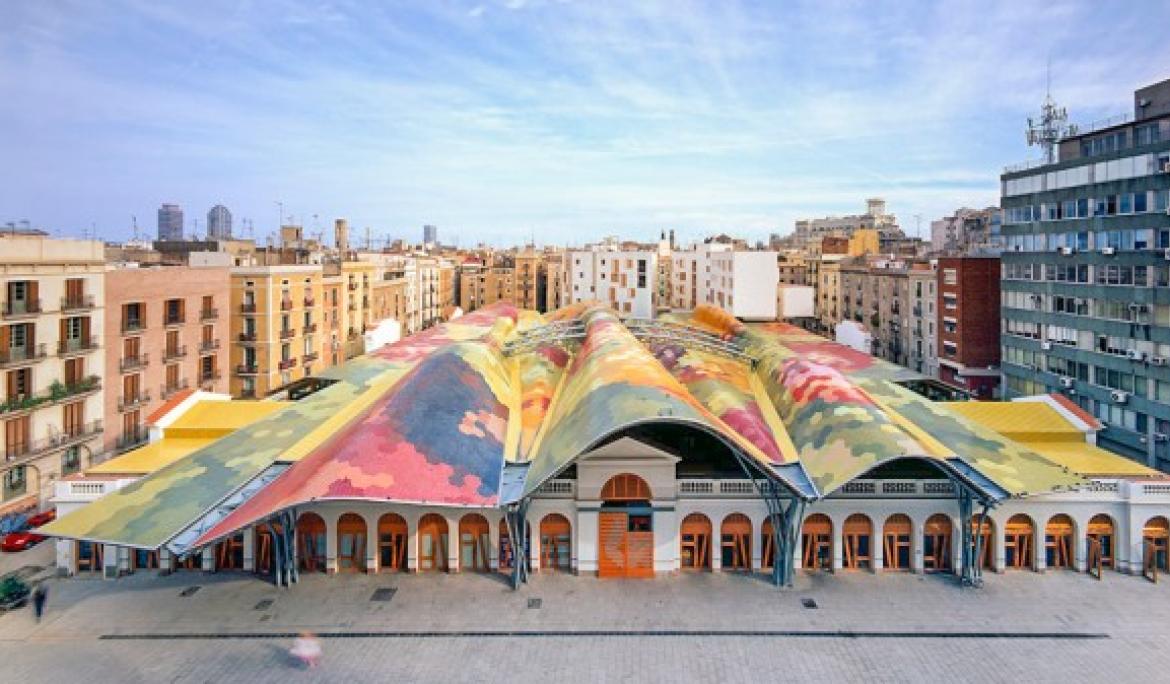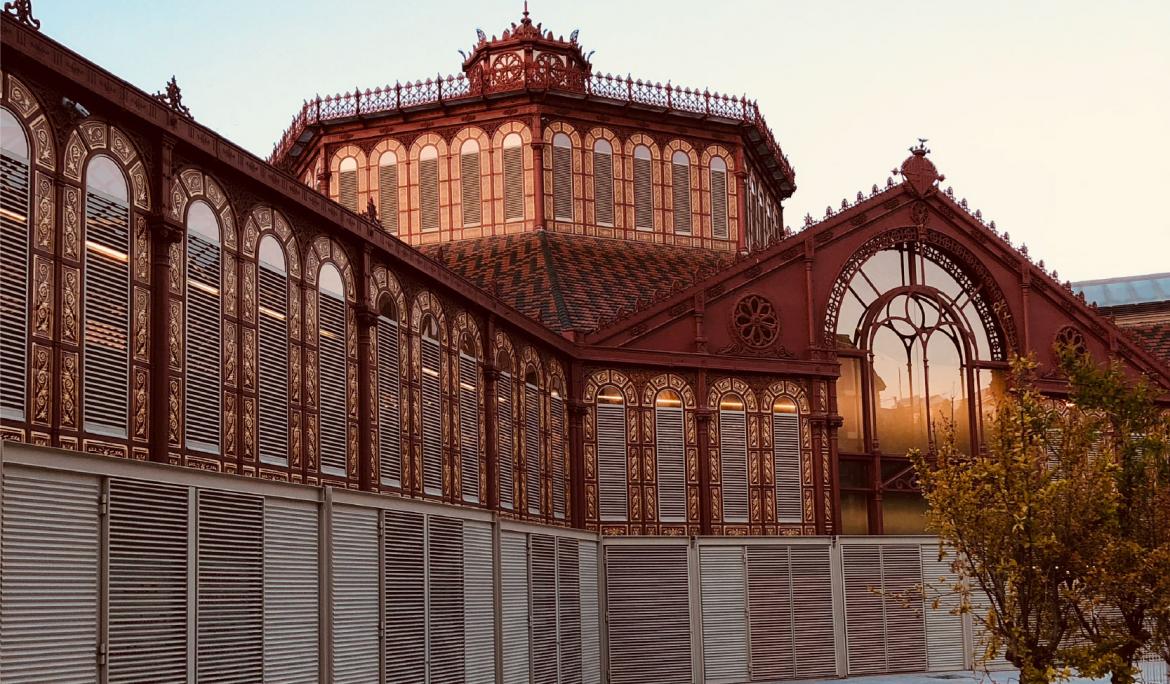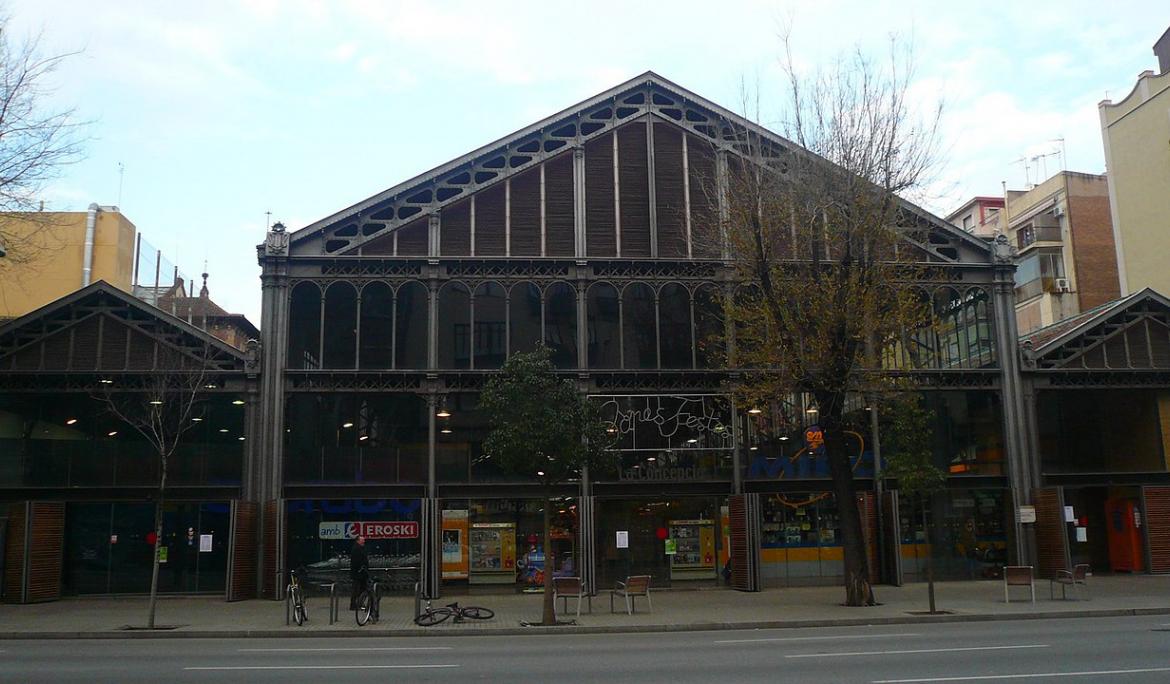The markets are a reflection of the evolution of the time and society. Discover the five best known with Hola Barcelona!
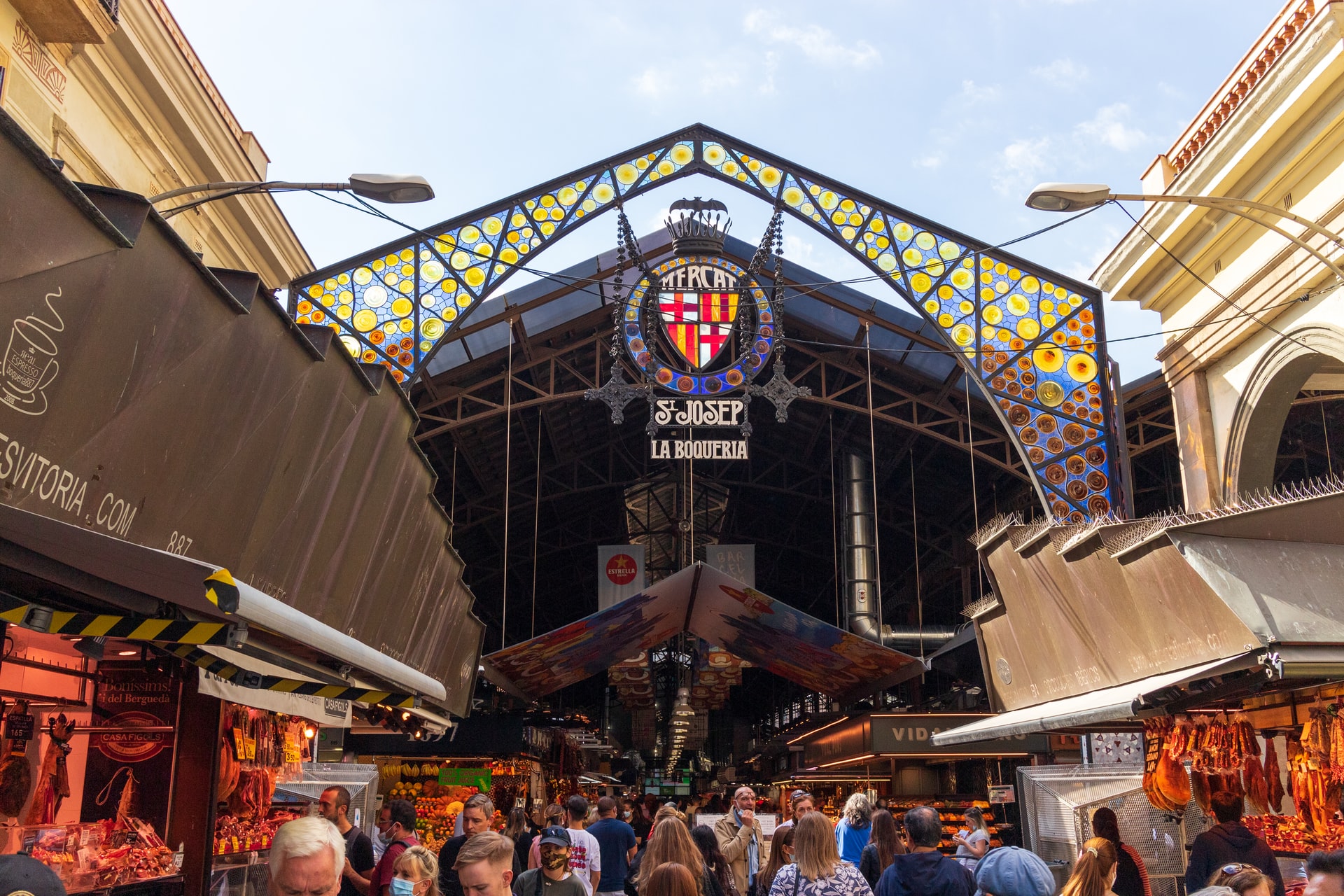
Since Roman times, commercial activity in Barcelona has been intense and the exchange of products in the market has played a prominent role. The first reports state that there have been markets in the city since the 10th century.
Barcelona has always been a city of markets and, now, these are located in buildings built especially for them, with the aim that all Barcelona residents can have one nearby. Here we present the five essential markets in the city:
La Boqueria Market
Located in the middle of La Rambla, it is the most well-known market in the city, as well as the one with the most extensive gastronomic offer. Its beginnings date back to 1217, which is when the first documents confirm the presence of tables selling meat in Pla de la Boqueria. It is not until March 1840 that the construction of the market as we know it now begins. The number of traders who became interested in the space meant that only 20 years later the space had to be expanded.
Also, in 1985 the market was remodeled and the loading and parking area was built, while in 1998 the sales space was remodeled to transform it into a covered porch square.
Currently, the market has more than 300 stalls that offer food from all over the world, a characteristic feature of the city's multiculturalism.
Santa Caterina Market
Located in Ciutat Vella, this was the first covered market in the city and the one that has seen the city evolve over the years. Formerly, in the space it occupies, there was a convent that was destroyed in 1835 due to the revolutions of the time. This led to the opening of the market in 1848.
The market was remodeled in 2005, adopting an emblematic structure that makes it one of the markets with the most innovative design in Barcelona. The curved roof shapes, the interior with irregular corridors and the wooden finish make it a cozy space and a great tourist attraction for residents and visitors.
Sant Antoni Market
In the past, the market was located in the open air, but with the expansion of the city and the demolition of the walls, Ildefons Cerdà proposed to build a structure and thus maintain the market.
With the Cerdà Plan, the market we know today was built, which was inaugurated in September 1882. In the market, not only food is sold, there is also the charm section and the Sunday book market.
Nevertheless, in 2007 the works to reform the market began and it was decided to install three temporary tents to accommodate the three markets that make up the Mercat de Sant Antoni. During the remodeling process, archaeological remains of the Roman Via Augusta and the necropolis were found, as well as the bastion of Sant Antoni, causing the works to take eleven years.
At present, the market has 235 establishments spread over more than 53,000 square meters: 52 from the fresh food market, 105 for clothing stalls and 78 for Sunday books.
La Concepció Market
Continuing with Ildefons Cerdà's urban plan, La Concepció Market was born, when in 1884 the Barcelona City Council decided to buy all the land next to the Gothic La Concepció church. So, four years later, the market located in the most bourgeois area of the city and designed by the architect Antoni Rovira was inaugurated.
The building, popularly known in Barcelona as the “Flowers Market”, has a characteristic three-nave iron structure, which was completely remodeled between 1996 and 1998.
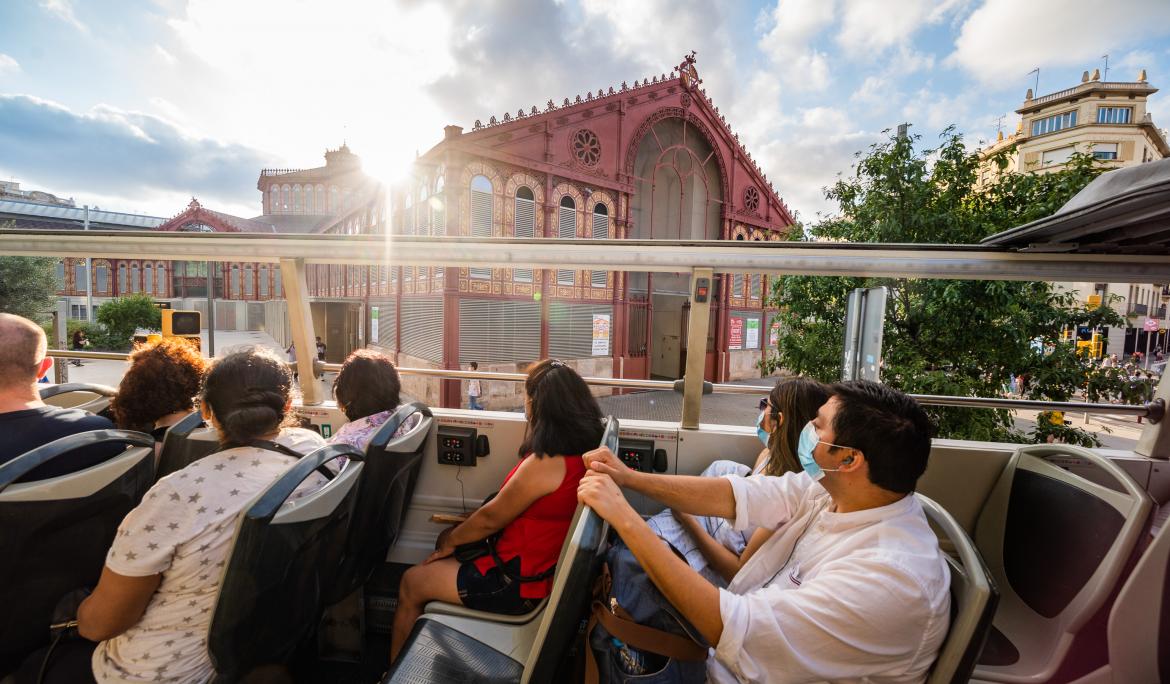
Encants Market
Fira de Bellcaire market, popularly known as the Mercat dels Encants Vells, is one of the oldest in Europe (some archives date its origin to the 16th century). Originally, the antique stalls were distributed outdoors, but in 2008 the City Council called a competition for the construction of the new premises to house the market definitively.
This is how the construction of Fermin Vázquez was born, who designed the new market as an open square that takes advantage of the different unevenness of the streets that surround it to distribute the more than 300 shops an 9 restaurants that are in a unique space.
So, don't miss the most emblematic markets in Barcelona! In addition, you can visit them all by public transport. Hola Barcelona takes you!
